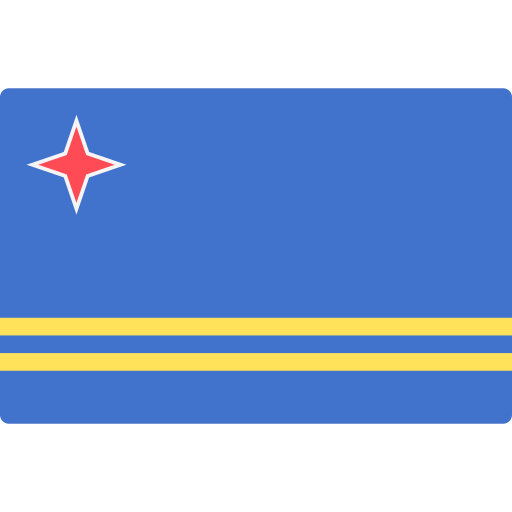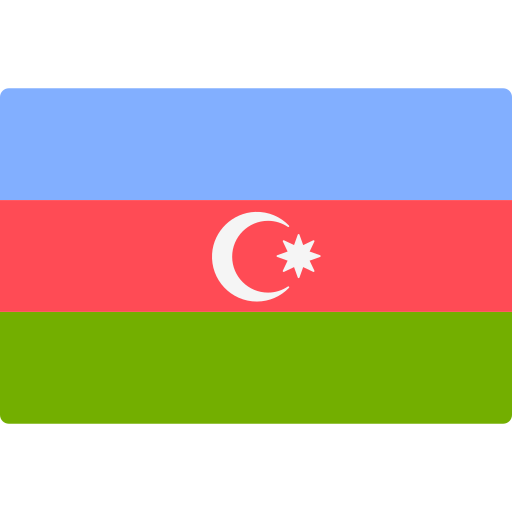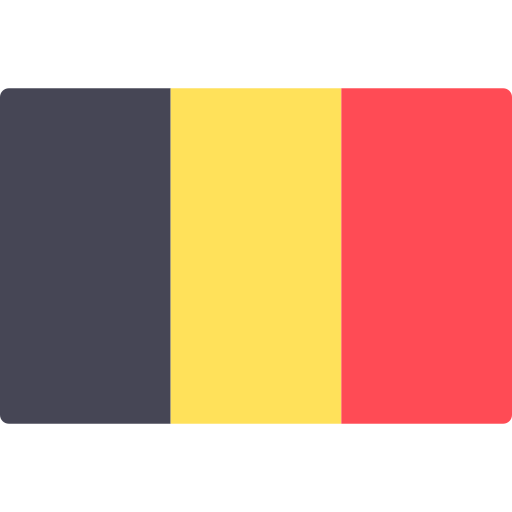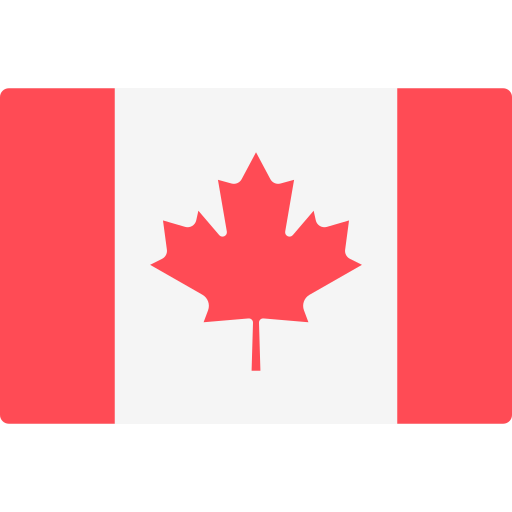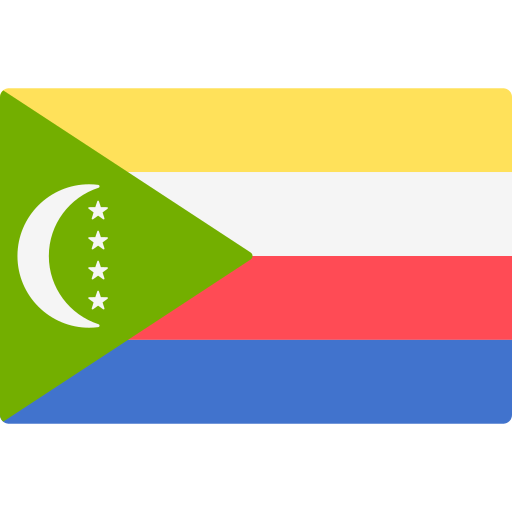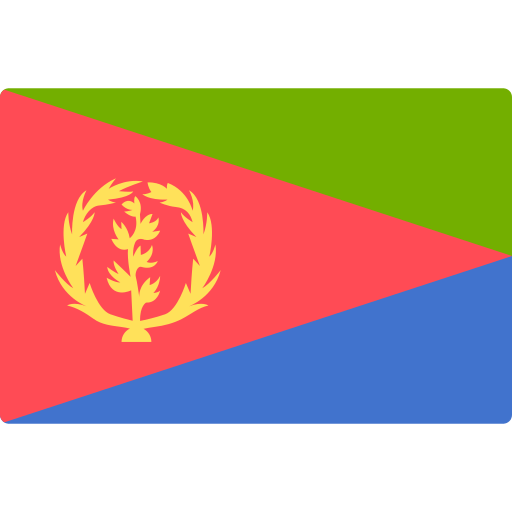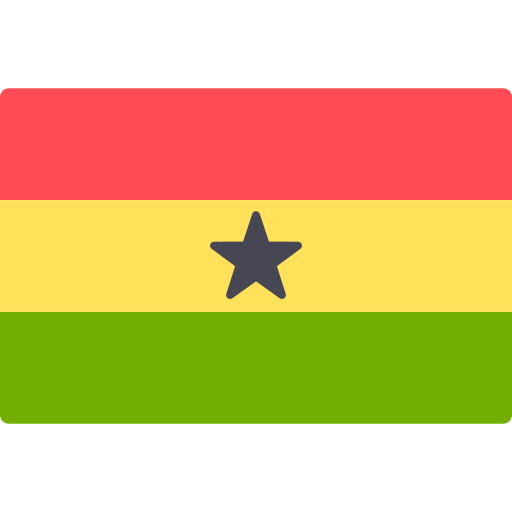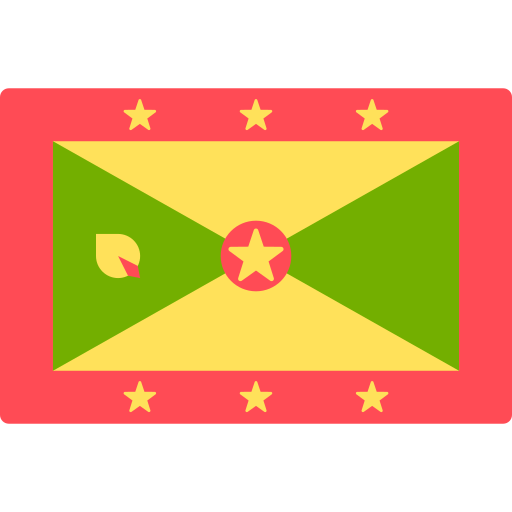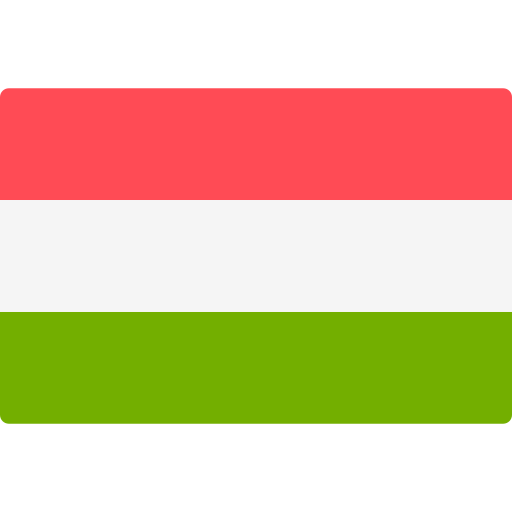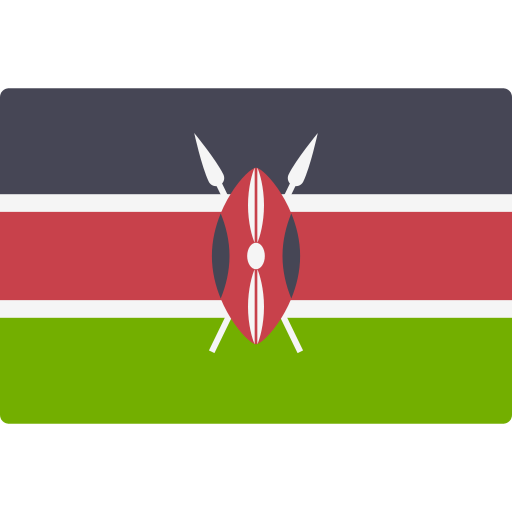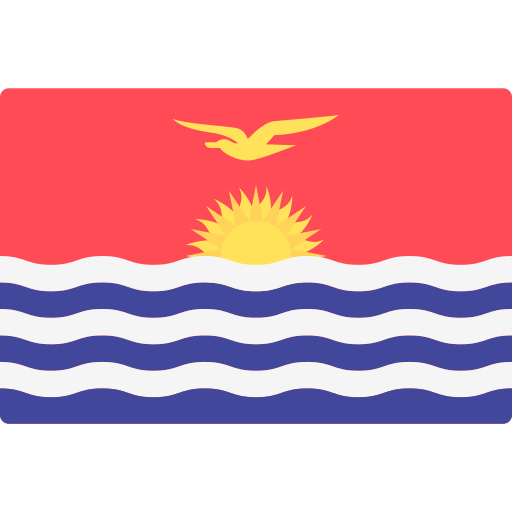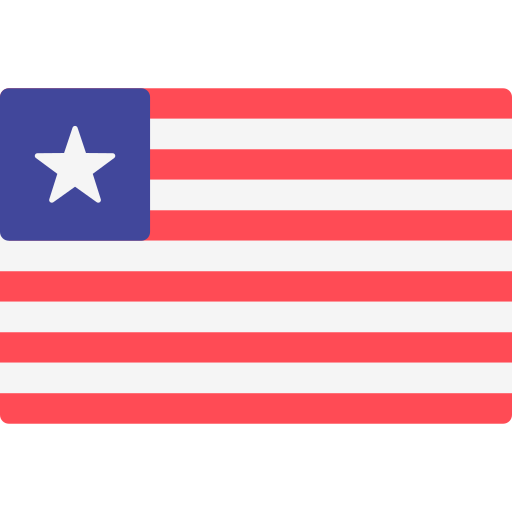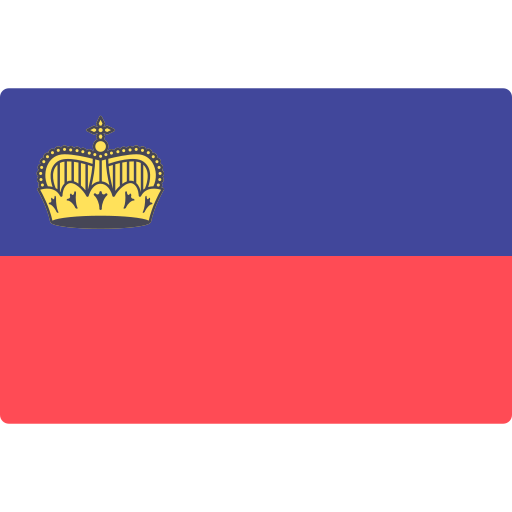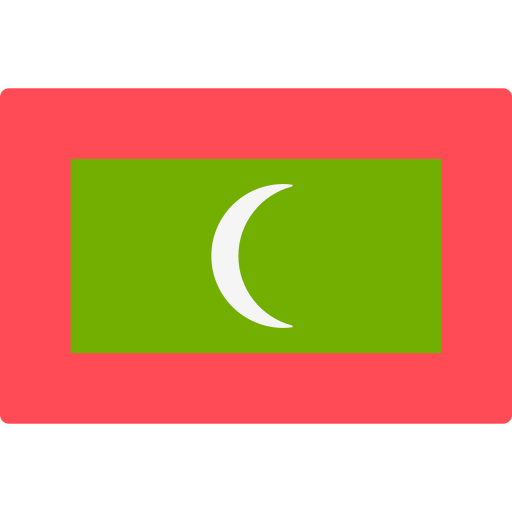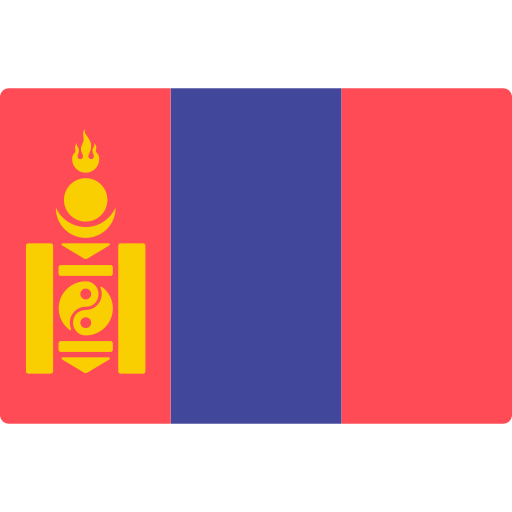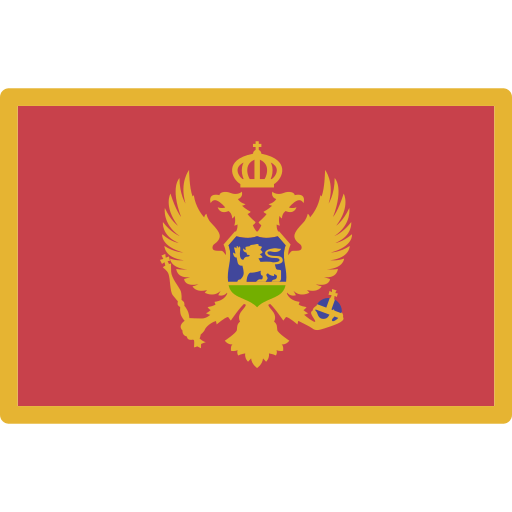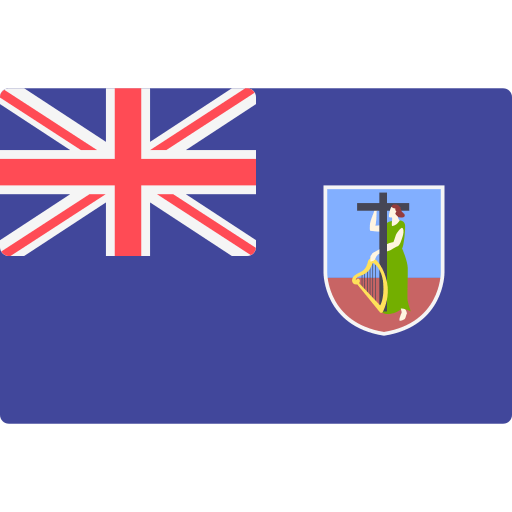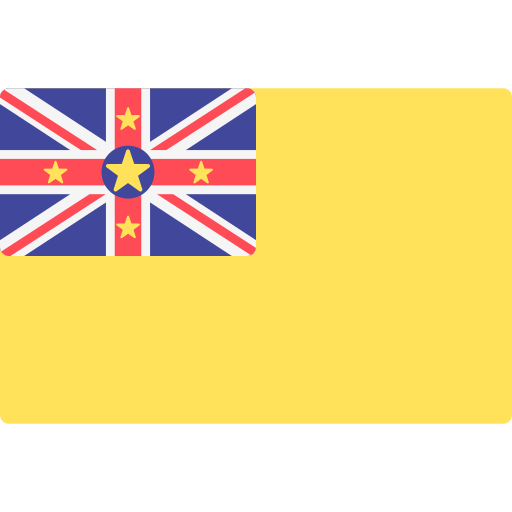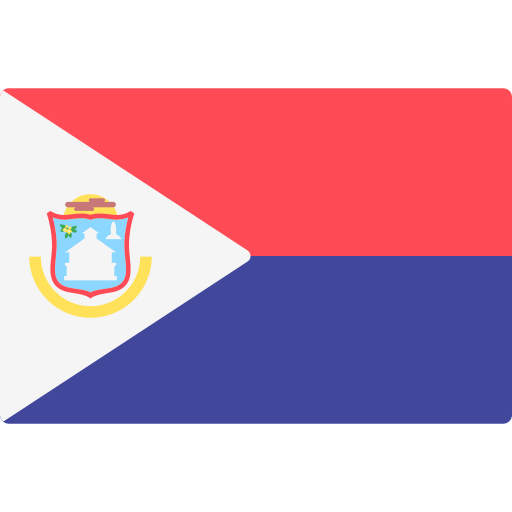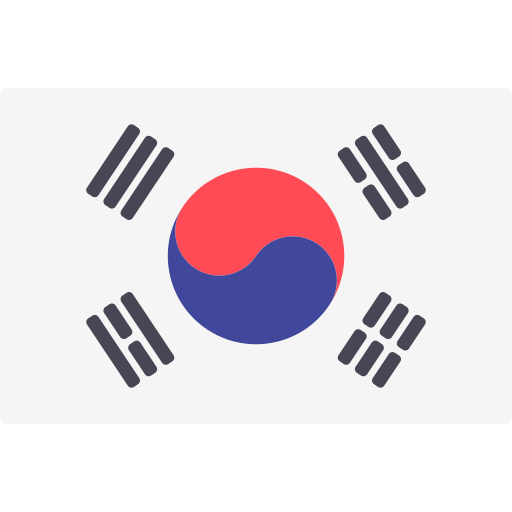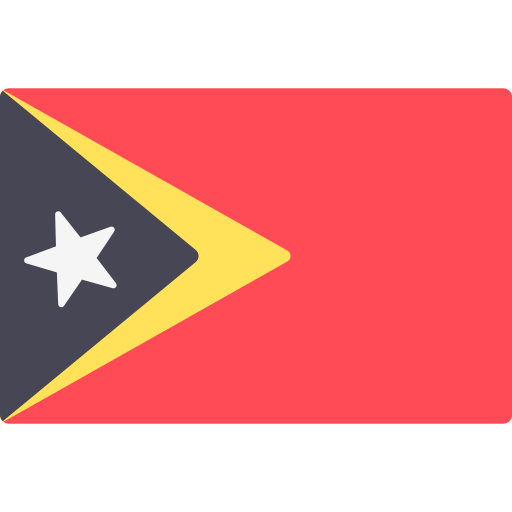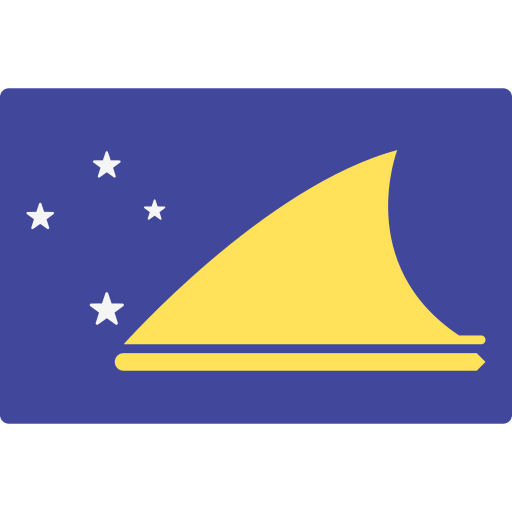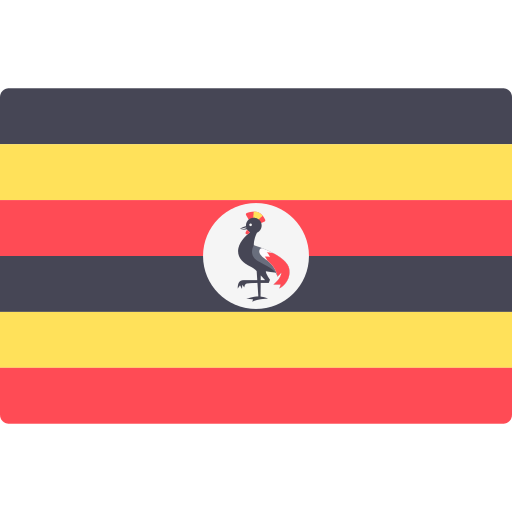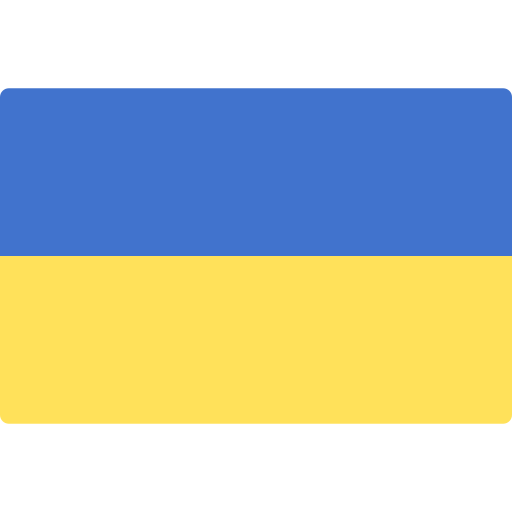Here, Soundcuts Audio Director Adele Cutting talks about the all-important dialogue (voiced in 8 different languages), their approach to creating cinematic sound that nods to classic horror films, crafting responsive ambiences using open-world game techniques, scoring interactive music and working with licensend music, designing the werewolf sounds, and so much more!
Interview by Jennifer Walden, photos courtesy of Supermassive Games; Adele Cutting
Supermassive Games cinematic horror game The Quarry (published by 2K Games) delivers terrifying summer camp vibes reminiscent of Friday the 13th‘s Camp Crystal Lake, in that the horror aesthetic is laced with the insouciance of youth. The story follows nine counselors who stay an extra night after Hackett’s Quarry summer camp closes for the season. With no responsibilities nor adult supervision, the teenagers decide to party around the fire pit, but their fun is cut short by supernatural creatures and loco locals trying to kill them. Who dies and who survives depends on the player(s) choices and discoveries they make in this branching narrative game.
The Soundcuts team, led by Founder/Audio Director/Sound Designer Adele Cutting, pays homage to classic horror films in their approach to sound on The Quarry, with references to Evil Dead, Scream, Friday the 13th (of course), and Sleepaway Camp. It’s an entertaining mix of teen angst and terrifying jumpscares!
Here, Cutting talks about Supermassive’s approach to casting and editing dialogue in 8 different languages, working with composer Ian Livingstone to create bespoke music that ties in licensed pieces for a seamless feel, designing the sound of the werewolves, working with real-time in-game reverb for dialogue, foley and effects, creating responsive and immersive ambiences, crafting a cinematic mix that incorporates quiet moments to build tension, and so much more!
The Quarry | Official Announce Trailer | 2K
The Quarry is a “choose-your-own-adventure” type of game – much of it plays out through storytelling, with the player choosing different reactions to other characters. The dialogue and characters are a key part of this game. Can you talk about your process of casting for The Quarry?
Adele Cutting (AC): Casting was done by Will Byles, The Quarry’s Director at Supermassive Games and Casting Director Debi Manwiller. My only minor contribution was suggesting Lin Shaye could be great as Constance and she’s a horror movie icon (known for her role as Elise Rainier in the Insidious films).
It was unusual for me not to be involved with casting as speech production is one of the big things we’re known for at Soundcuts.

Audio Director Adele Cutting
We were in discussions with Supermassive really early though, probably six to nine months before we even started any audio work. Supermassive has a great in-house audio team and this was their first toe-dip into outsourcing their entire audio production. So, a lot of the discussions beforehand were about how we could interface with the team, the technology, and the pipelines – not just the creative direction and vibe of the project. We really wanted to feel integrated into their team.
Supermassive Games have their ongoing Dark Pictures franchise and The Quarry was a completely separate project. (Although still horror, many fans liken the game to Until Dawn, their first horror game and huge hit back in 2015.) I personally feel that the Dark Pictures Franchise is more mature/straight horror, whereas The Quarry is definitely full tongue-in-cheek fun – a teen horror like the movie Scream and reminiscent of iconic horror films such as Friday the 13th and Sleepaway Camp.
They really wanted this horror to not take itself too seriously so we use an eclectic mix of music that sometimes juxtaposes the action.
They really wanted this horror to not take itself too seriously so we use an eclectic mix of music that sometimes juxtaposes the action. So occasionally when something horrific happens, you get a perky little tune. For instance, there’s one moment where Jacob (my favorite character) is killed. (Characters can be killed in multiple ways depending on what choices you make during the game.) In this example, it’s pretty early in the game and we have a music track called “Life is Short.” It’s this 1960s-esk, upbeat tune. So the game is full of little gems like that. It made it very entertaining to integrate.
Personally, I had wanted to work on a horror project for ages and the opportunity to work with Supermassive was brilliant. I was so excited because I love narrative dramas. Being a fan of the genre we tried to put little nods to various horror films throughout the game in the soundtrack. Additionally, this particular game had so many different emotions to support that it wasn’t “one note,” which made it exciting to work on.

The game is voiced in 8 different languages (English, French, Italian, German, Spanish, Japanese, Portuguese Brazilian, and Russian). Was all of that recorded and cut at Soundcuts? Or did you outsource the non-English dialogue to other studios?
AC: Our responsibility at Soundcuts was to provide Audio Direction, Sound Design, Music, Foley, and dialogue editing and integration, plus finding the composer for the project and management of all audio assets.
In terms of dialogue, we edited the English version. For all other languages, 2K Games – the publisher – organized that to be recorded by their localization department. All the localized dialogue needed to be time-restricted, so all the UK files and scripts were sent to 2K. Because of the bespoke tools that Supermassive has at their company, once we received the localized assets back, there were still a few little tweaks we had to do on specific languages to make them work with the edits and additionally process levels.
…we decided that (wherever possible) 99.9% of the speech in-game would be processed with in-game reverbs.
We knew The Quarry was going to be recorded in multiple languages right from the start, so we decided that (wherever possible) 99.9% of the speech in-game would be processed with in-game reverbs. We knew localization was going to come in hot. And from experience, we knew that at the end of a project a myriad of things can happen that you’re not even expecting and you have to make time for them, so we needed to plan accordingly. Hence the decision to process the vast majority with in-game reverbs and effects.
Handling the processing that way also allowed us to do some cool things and be more flexible with camera changes and edits; there are a couple of scenes that worked really well. For instance, there is the scene when Jacob is up in the boathouse looking for some towels and Emma is down by the dockside shouting up to him. The in-game processing allowed us to change the perspective on the voice in real-time – allowing us to change EQ, reverb mix, and volume via an RTPC (real-time parameter control) depending on what camera angles were used.
The Quarry “Boathouse” scene with Emma and Jacob – example of the flexible real-time voice processing
There’s another section in the scrapyard where Dylan’s shouting down to Kaitlyn. He’s in a crane. This flexibility meant that we weren’t reprocessing all 8 languages every time a cinematic edit or camera was changed. We used the same idea on the music and crane sound effects in that area, too.
As Audio Director, I worked with the directors at Supermassive to make sure that we were on track and aligned with the vision they wanted to create. I also had to find a composer, who ended up being Ian Livingstone. I’ve worked with him before and he is amazing.
I’d look at the script and play the game, creating an assets list of cues that needed to be delivered, plus talk with Ian about potential thematic cues that were required between characters. We wove The Quarry theme into several tracks, but also had theme overlays that could be used with multiple cues. There were themes and specific instruments that were linked to various characters. Most of the music was composed around an act in the gameplay, but themes transitioned across the entire project.
We wove ‘The Quarry’ theme into several tracks, but also had theme overlays that could be used with multiple cues.
The way that Ian and I work is that he’ll send one minute to one-and-a-half minute loops (sometimes longer) but he sends all the stems and there might be 18 (or more!) instruments or parts in one loop, a selection of stings and thematic overlays. From that, we (myself and the music editors Lewis Thompson and Chris Randle) would arrange and edit new cues for the interactive tracks and edit some to be bespoke to picture. Sometimes we might just use one instrument or part of that loop. Or, we might use the full cue as delivered, or mix stems of different cues, if possible. Ian composes the music and we do the arranging, editing, and implementation. Then we make sure Ian is happy with our choices, of course :)
Experimenting and using different combinations of the delivered stems gives us flexibility when finding the sonic identity for the game. We very much ended up using guitar tracks (lots of different guitar types were used), these were related to Travis Hackett (first heard in Prologue) and the Hackett family. We quite often ditched the more melodic, higher strings section and any vocals. It became about the synth beds, lower strings, solo violin, and guitars really, plus any fun additions such as Hurdy Gurdy or effected strings, or strings played in a percussive way.
Once we were nearly there with music integration, I went into Ian’s studio where we played the game and pinpointed some areas that needed tweaking.
…there is probably around 15 hours worth of linear sequences in the game, with over 4,000 sequences and up to 7 people in some sequences…
We also managed the delivery of assets to and from the foley studio at Molinare. A single playthrough of the game can be between 8-10 hours, but you have not played every single outcome, so there is probably around 15 hours worth of linear sequences in the game, with over 4,000 sequences and up to 7 people in some sequences, each character having multiple tracks recorded for cloth, feet, pats, specific costume requirements (i.e. chains/bracelets) and objects that they’re interacting with (guns/props, etc.); there was a lot to manage.
Molinare would send their tracks to us and we’d resync to the edits, adding any additional foley or sound design as required and integrating that into the game so that all these different tracks were “connected” to the correct character and from the proper emitter (e.g. left foot/right foot/chest/hand, etc.)
So we did have to do quite a lot of updates, but that’s part of game development.
COVID played quite a big factor in this game because it happened right in the middle of development. Normally, if there are six people in the scene, six people would be recorded simultaneously at the performance capture session. But during COVID, the maximum they could have is three. So, different characters would be recorded for scenes on different days, sometimes weeks apart, so the movies we were sending off to the foley studio didn’t always have all characters present.
In other situations, we didn’t have the final props in the videos, so we would inform the foley team of what the prop was meant to look like and the material it was made of, and then revisit when the final visuals arrived to resync or to record our own foley.
There was a “weather change” quite near the end of the game, which impacted the footsteps, as the ground was now wet and the foley had been recorded dry. So we did have to do quite a lot of updates, but that’s part of game development. It’s not unusual; in fact, it’s pretty standard for games to keep changing right up to the last minute.

What went into the sound of the werewolves?
AC: We went through quite a lot of iteration with the werewolf sound. We experimented a lot right from the start. We had a voice actor perform some werewolf vocals, almost like doing an impression of a werewolf, but it still had that human edge to it. We then processed that source.
So we had a really good working method and the plan was actually to record the actors doing a specific set of emotes so that we could process their voices and then we’d be able to identify which werewolf had transformed from which character. However, due to COVID, that wasn’t possible because the performance capture took longer than normal and so we didn’t have time to do the werewolf recording for each actor. The performance capture is the most important thing and so we needed the time to get that right.
We created a library of samples to draw upon as pretty much every team member had to tracklay werewolf vocals at some point.
So in the end, we went in a completely different direction. We went very animalistic, so it’s a combination of so many animals, all processed and pitch-shifted down and EQ’d, with some of the team adding their own vocals as an extra element as they had to match the picture. We created a library of samples to draw upon as pretty much every team member had to tracklay werewolf vocals at some point.
In the ambience right from the prologue, we used ambient spots that would “hint” as to what was going to happen with werewolves in the game. It’s like a subliminal trigger, so we would add the occasional distant howl or processed sounds here, too.
We used pitched-down werewolf sounds as sweeteners for some of them, too.
Additionally, we used a lot of cine sounds (i.e., sweeteners), like booms, impacts, deep thuds, risers, and downers to underscore emotion and player choices. We used pitched-down werewolf sounds as sweeteners for some of them, too. We relied heavily on sweeteners (some might say too much!) but the whole style of the audio direction was big. The sound is out front, big and impactful in every single moment because that’s what we were going for; we weren’t going for subtle.
I was quite pleased with that approach. I’ve been watching the latest season of Stranger Things on Netflix and they do the same sort of thing. Like, when the door shuts, you hear a big boom underneath. Everything is heightened; everything is dialed up to 14 and The Quarry was a bit like that.
We also used cine sounds to create “characters.” Throughout the game, we treat the moon as a character itself. So when there’s a pan shot of the moon, quite often you’ll hear some cinematic sound design, (e.g., you can hear when Laura returns to the Island and Max is a werewolf.)
The Quarry “The Rigs” scene in which the sound of the Moon is a character during Laura’s return to the Island to see Max
I’m especially pleased with the mix of licensed and composed music tracks. We wanted a Netflix-vibe similar to the likes of Vampire Diaries, 13 Reasons Why, and Riverdale. We knew from the start we wanted a lot of licensed tracks in there, along with composed music. Months and months before the game was released, I had a whole spotify playlist of tracks from famous artists. I tracklayed these to game captures (this was early in development, so some of these movies were white box with T-posed models moving around) to hear what worked and if it had the correct emotion and added to the story. Will and I talked through these to make sure it was in line with his vision. It was just good to get a feel of what we wanted to do with the music in those scenes. These temp tracks were later replaced. We used about 30 licensed and library tracks in the final game, keeping several of the originals – like Ariana Grande’s “Moonlight”, Jack in the Water’s “Wise Up”, and Patience & Prudence’s “Witchcraft”.
I tracklayed these to game captures…to hear what worked and if it had the correct emotion and added to the story.
There aren’t many games where you get to choose music for full-on teen angst, heartbreak, and lust. There are moments in the game – for instance, when Nick and Abi finally sit down together on a log, after a fallout over the game “truth of dare” – when you can choose to have them share their first kiss or not. Finding music for that was fun. I’ve been working in games for around 25 years and have never had to do teen heartbreak before, so I was absolutely loving it! I as remembering the heartbreak of being dumped as a teen :)
We had several music styles in the game. Another music area I’m quite proud of is the Eliza/tarot card sections. We wanted to use a track that Eliza (the tarot reader) may actually listen to and after trying *a lot* of tracks, “Witchcraft” by Patience & Prudence really fit the bill. During the game, Eliza’s state of mind changes and becomes darker, especially if you’re not killing the Hacketts. So we used the Patience & Prudence track but altered it as it progressed through the game – some simple ideas were just playing it in reverse, playing it in a minor key, and changing the tempo. We recorded Grace Zabriskie (who plays Eliza) whispering along to it, which we would play in time with the music and pan it in the surrounds, along with other whispers and general spooky sound effects.

I love how cinematic this game is. It feels like a film in the way that it unfolds and in the way you use sound to build tension and choose not to use sound as a way to build tension…
AC: I’m so pleased that you noticed that! There were loads of moments where, during the mix, I felt it would be more dramatic to take out a lot of the sound. There is one scene in Hackett House when Constance turns off an oil lamp and I cut the sound just to create tension, and another in the Lodge when the electricity is cut.
A Shepard tone allows the tension to continually feel like it’s growing, whilst in a holding pattern.
In the Lodge, we needed the tension at this moment as this was a plot point; it was quite tricky as there wasn’t much sound before the electricity was cut. The Lodge is empty; it’s late at night, and there’s nothing but a small lamp on in the actual room, so it wasn’t like there was a loud generator or something else that could be cut for dramatic effect. In this case, we added some subtle ambient music as an underscore that builds in the background, just so that we could take it out to make the electricity being cut have more of an audio impact.
We used loads of Shepard tones; Shepard tones were massively our friend for use in risers and tension scares, as quite often you don’t know how long a player is going to take over a decision. A Shepard tone allows the tension to continually feel like it’s growing, whilst in a holding pattern.
Ian also supplied loads of stings and overlays, which were great. He’s very generous to work with as a composer. There were certain stingers and synth impacts that I really loved and wanted to use away from the music as an effect. We developed these with additional sound design, so the music could bleed into the cinematic sounds and vice versa. This way you won’t know where the music stops and the ambience starts. There are some really lovely moments in Chapter 7.
The Quarry “Chapter 7” – example of the interactive music changing on the dialogue
I also appreciated the way you handled the transitions from the action into the player having to make a decision. It worked so well sonically because the tension carried through the scene even though there was a pause for the player to make a choice…
AC: A lot of this is down to the integration; many of the sounds that cover transitions such as ambience and music are integrated in a very similar way as you would in an open-world game. If the game had been tracklayed like a movie in a linear way per sequence this wouldn’t have been seamless.
People may play the game and think that we just tracklayed the sequences and that it’s not interactive, but I really want to dispel that idea because the game from an audio perspective is really not that linear at all with the exception of specific action sequences.
…the game from an audio perspective is really not that linear at all with the exception of specific action sequences.
With music and tension cinematics on decisions, it was done on a case-by-case basis. Cinematics were easier as we could go into very long A-S-R loops, where the sustain section could be many seconds in length and the release section could be done instantly on making the decision or at a suitable point in the next scene.
Music was trickier because of the melodic content of some cues. Sometimes it would be a long cue that would naturally continue over the decision and then come to an end. Others would finish melodic content, and go into an ambient loop before transitioning back to melodic content. It depended on what the music was being used for and if it needed to sync with the words being spoken.
In Wwise, for each state, we could change certain attributes on each element within the blend container depending on shot choice
For the ambiences alone, we had five or six loops for each ambient area. Those are in a blend container. We wanted the ambience to feel cinematic. We wanted the ambiences to change on camera cuts, but camera cuts change all the time in game development. So we wanted a way of being able to change the ambience on shots without having to redesign more and more material, otherwise, it would become too big.
So we’d have six ambience elements in a blend container and then we had several states which were linked to camera angles – whether that was close-up, wide shot, mid shot, high shot, shot from below, etc. In Wwise, for each state, we could change certain attributes on each element within the blend container depending on shot choice. Some might have EQ changes, some might have pitch, volume, or effects.
We also had 3D emitter spot sound effects…This was basically done like you would do an open-world game.
We had all these different elements that could change based on the camera. It was always the same blend container for a specific environment area (of which there were loads!), but the way you heard that blend container completely changed on a shot basis. Then that was echoed in quad blend containers too, although with slightly different settings adding more variety.
We also had 3D emitter spot sound effects. In the game world environment, we would add sound emitters. We’d have specific places where we would put cricket sounds dotted around paths or in bushes, or we’d have wind/leaf rustle emitters in trees. This was basically done like you would do an open-world game. There was a lot of detail. We had wind that changed depending on the height of the camera, for instance. It was epic the amount of ambience that was actually put into the game.
The team went to great lengths to work out which insects and wildlife were native to that area of the world.
During the mix, I did spend a lot of time bringing the ambience out more – much more than you would hear in a film mix. But when playing the game, having such a rich and detailed ambience playing slightly louder helps player immersion. It really helps sell some of the scenes, particularly when a player is alone or when scenes are interspersed with loco sections of the game.
The team went to great lengths to work out which insects and wildlife were native to that area of the world. So hopefully if you’re in America, you’ll think it’s authentic. The location is supposed to be the northeast, near the Catskills. The game setting isn’t an actual place, but it’s based on that area.
In Lonely Venture, where Emma is still alive, she turns up at the fire pit and then she has to walk back to the Lodge. The ambiences in there are possibly some of my favorite ones.
When she eventually arrives at the Lodge, it is completely empty. Most locations had a specific reverb attached to them, so the reverb is the same no matter which chapter (i.e. The Poolhouse). But for the Lodge in this sequence, we really wanted her to feel alone; she is scared and nervous and no one is there and she calls out for her campmates to see if they’re in there. We had done all the “usual” tricks to make this work as a moment, like we stopped the music, and reduced the ambience so you only hear the spots that add to the tension (e.g. wind down a chimney flue, rain on the windows), but we actually found the solution here was to change the reverb in that area so that her voice echoed a lot more. It’s a lot more reverb than when they’re in the Lodge normally. It really does add to her feeling alone.
…the solution here was to change the reverb in that area so that her voice echoed a lot more.
As for the UI sounds on the decisions, it’s funny because that’s one of the first things we did and they stuck, which is very rare. Everything else in the game changed about a million times but those didn’t. We had five different fright levels so there are subtle changes in those sounds depending on where you are in the game. They’re quite subtle so you think you’re hearing the same thing all the time, but you’re not. The earlier levels are not very scary but by the time you’re in Act 9, you’re at fright level 5. So they ramp up.
The whole team is massively passionate about audio; we probably get too invested. But that’s just because we love it. It was so funny because we were having little funerals when sound effects were cut because the scene had changed. “No! Not my wrenches! I loved that wrench,” said Chris Jolley when he suffered the loss of his wrench sounds :)
There was one sound that I loved, this sound of Jacob slapping his wet bum after he came out of the water. It was a lovely mix of foley and sound design. It’s the perfect sound effect for that moment. It’s completely right. As I was talking to the cinematics director about our favorite sound effects in the game, I told him that was mine. And he said, “Oh, actually, I was going to cut that shot.” And I begged him not to cut it. Fortunately, he left it in! That wet slap sound is great.
Popular on A Sound Effect right now - article continues below:
-
20 %OFFEnds 171451439920 %OFFEnds 171451439920 %OFFEnds 171451439920 %OFFEnds 1714514399
-
17 %OFF
-
30 %OFF

I liked when Ryan and Dylan are in the radio hut and the werewolf was climbing all around on the roof. I loved the perspective – the panning and occlusion – on those heavy footsteps. It was perfect…
AC: Oh, brilliant. Chris was the one who did the footsteps for the radio shack. And Greg did the werewolf for the treehouse trapdoor when Emma has to decide whether to open the trap door or not.
I’d love to say there was a fancy system in place for the occlusion on those, but we always knew we would never see the werewolf so that was processed into the sound effect.
It’s fun doing sounds like that – when you don’t see something and it’s just the sound that tells the story.

What were some of the biggest technical challenges you faced in terms of sound on The Quarry?
AC: There are the obvious technical ones we face when editing performance capture dialogue – when the voice is recorded at the same time as the body movements – like hearing the velcro on the suits. For any dialogue editor, velcro is like a forbidden word. So we were dealing with that and noise floors, plus prop sounds. I think this was probably due to COVID, but there were a couple of times when the studio doors were accidentally left open (probably to circulate the air ) when they were recording, but we manage to fix the noisy places or at least camouflage them all so you don’t hear them.
Unlike film, we don’t get informed on changes with edit decision lists, so we have to go into every single sequence and go through it frame by frame.
There were a lot of cinematic camera edits throughout development, and so that’s why a lot of the sound is integrated as you would in an open-world game. That was done to try to minimize the number of changes we needed to do on the sound side. We still had to change things following an edit, but it was less work. For example, the foley was recorded to unedited performance capture; when a section of raw data was used in a sequence, it would take the foley for that specific section of movement along with it. Supermassive uses non-linear editing. This allows you to reuse bits of motion capture data, much like non-linear editing for a film.
You still have to update every sequence after it’s been edited, but with some of the processes we had in place with our interactive systems, it was a case of moving a state point, RTPC point, or play event in a timeline rather than completely redesigning/reimporting new audio. Unlike film, we don’t get informed on changes with edit decision lists, so we have to go into every single sequence and go through it frame by frame.
Editing changes caused a headache when doing bespoke music because if they changed the length of the scene, that would impact the bespoke music cues with sync to picture.
The Quarry “Prison: Chapter 7” example of overlays, stingers, and cines
We started with very intricate bespoke music cues. For example, in Chapter 7 in the prison, the music was edited to every single beat of dialogue. The music changed depending on what was going on between Laura and Max. Sometimes she was angry with him and the music would take a dark turn. Sometimes she was thinking about the future so the music would turn into a more uplifting, emotional track.
Then, Max would either retort with something nasty or something nice, depending on the choice the player had previously made in the game and the music would twist again. I still wanted to keep that feeling; I didn’t want to lose all these changes because they really lift the scene, it was a dialogue-heavy area and it needed the music to lift it, as without the music the scene felt quite slow. So in order to keep the feeling of the bespoke cues but in a more robust way, we kept the core of the track but added specific overlays to hit key beats, and a similar A-S-R system mentioned above.
The Quarry “Prison: Chapter 4” – example of music overlays, stingers, and cines
In Wwise, you can choose whether overlays play on the beat, or if they’re triggered immediately, plus various other playback rules. So, using a mixture of A-S-R and reduced loops with overlays, we got the same effect which was easier to update as the game developed.
Of course, there are big scenes where we just had to redesign or re-edit them. Any big action sound effects were all done specifically to picture. One area of the game that had editing later on to help with pacing was where Laura and Ryan find Chris Hackett in the attic. A lot of that was specifically done to picture.
The Quarry “Attic” scene with Laura and Ryan finding Chris Hackett
The same is true for the Max and Laura re-encounter, which goes back to the Island. There was no easy way around that. It was quite a labor-intensive section of the game. We dropped a little Evil Dead nod in there, where the werewolf is following Laura down this path and it cuts to the wolf’s point of view.
I needed something that had a really good transient because the werewolf’s footsteps weren’t coming through all the weird sound effects going on as it’s running through the forest. So I recorded myself slapping my stomach, processed it, and put it into the start of the werewolf’s footsteps. And that just gave enough transient to cut through. It was just enough to call attention to the wolf’s footsteps without being too obvious. It was just a little bit to keep it grounded.
There were other horror genre nods. For instance, if you’ve ever played Scream you know that whenever Dewey comes on the screen, there’s Dewey’s theme. So Ian provided an overlay which we used whenever Chris (David Arquette’s character) appeared in the game, even as a werewolf.

What was the most challenging scene or Chapter for you in terms of sound? Why?
AC: I think it was the later ones, just because there’s so much going on by that point in the game.
Narrative games use what some people would call the diamond formation. So you start with one decision, and it splits into choices and then you can come back together again at the end. The Quarry has branched decisions, but on an epic scale. By the end of the game, there were a lot of different branches based on character decisions, who had died, what had been found, and if you knew certain bits of information, so it was a very complicated web of branches by the end and testing all of these branches was quite a mission, as various audio systems could only be tested properly from the start of a level.
… it was a very complicated web of branches by the end and testing all of these branches was quite a mission…
From an integration point of view, those later chapters were very hard because you had to seamlessly come out of one sequence and go into one of potentially four others. Making it feel seamless and cinematic was really important.
I knew The Quarry was a branching narrative and I’ve played the Supermassive games before multiple times and have seen different branches. But until I worked on one, I was not aware of how huge it actually is and how many things you do not see on one playthrough.

What are you most proud of in terms of your sound work on The Quarry?
AC: I told the team that I was being interviewed and asked them what their favorite aspects of the sound were. Chris Jolley was the lead sound designer, and he liked when Abi is getting slammed into the locker and has her head ripped off. I have to say that the lockers sound great. When I was doing a mix, I added more sweetners to when her head slid across the floor. In fact, when I played the game with my husband, I killed Abi just to make him listen to the head sliding across the floor.
Lewis Thompson loved the music in the scrap yard, which he integrated. This was one of those audio moments where everything worked out. In the script, it said that Dylan goes up to the crane, and when he turns the engine on, the radio blasts out music because Caleb (Chris Hackett’s son who works in the scrapyard) was listening to music while he was working earlier on. So I was looking for a track for that and I found a really good one called “Every Dog.” It’s full-on rock music and the lyrics were perfect; it just had to be in the game.
The Quarry “Scrapyard” scene with real-time processing and interactive and diegetic music
So we used that music diegetically when the crane engine turned on. Then we thought it would be a great idea to use the same track as interactive music. In the scrapyard, the floodlights are activated by movement; they come on one by one but you can’t see what by. You can’t see the werewolf, but you can tell from the lights that it’s coming toward you. The track has some big power chords, so these are played as each light comes on in succession. Then it goes into full-on interactive music when you start operating the crane.
There are quite a few cute music moments. In the party scene, the counselors are playing “truth or dare.” We’re playing very teen-appropriate music and Emma (who had a fling with Jacob over the summer but decided to end it since they were headed home) chooses to kiss Nick. As Emma gets up to kiss Nick, we play a new track called “Lipstick,” which is a very flirtatious track that completely matches Emma’s character and goes from diegetic to soundtrack.
The track has some big power chords, so these are played as each light comes on in succession.
Wilfred Nass loves the prologue. The prologue was one of the first parts of the game to be developed. It was one of the first things that we did to test systems so it was integrated quite differently as, obviously, the systems and the pipelines evolved during development. He liked it because of the interactive music. It’s quite subtle but every time you go through a different area, or if you find another clue or a discoverable, the music slightly changes each time.
Greg Lester really loved the car crash near the end, when Silas gets on top of the car, and depending on what you do, the car can crash. Although, this is one of the endings that if you haven’t done certain bits, you might never see it.
Initially, when we tracklayed it, it looked and sounded like it was meant to, but it still felt like something was missing. We had the big car crash and then it was pretty silent apart from a bit of the engine sound. It just felt like we held that note for too long. So I suggested that we add a car door chime – that binging sound when you open the door when the engine is on. So Greg designed that up. It’s amazing how that one ding just completely lifts that scene and stops it from being really bland.
Chris Randle particularly likes the end result of the music across Chapter 9. This has a lot of very fiddly music integration but when played in-game it sounds very smooth.
This has a lot of very fiddly music integration but when played in-game it sounds very smooth.
I think one of my favorite moments is Laura going back to the Island to find Max. That whole sequence is sonically interesting. We’ve got the moon character. We’ve got the Evil Dead section. We got to use The Rigs song “The Hunted,” so it felt almost like a music video at the start. Then Ian composed a transition section in the middle, then a reprise of The Rigs during the final scene of the game with the motif for The Quarry at the end.
Considering that they were completely different sources, I think the work Ian did to bring it all together from a music point of view, and with all the sound effects, made it feel seamless. I’m proud of all the little changes we did to make that work. So for example, the attenuation on the footsteps in that area didn’t work during this sequence, so we had to set up different attenuations so that it would work when it was just Laura alone in that area.
It’s like seeing a swan on the water. You see the swan gliding smoothly along but you don’t see the frantic paddling that’s going on underneath. I’m hoping the player hears the soundtrack gliding along, but we (the audio team) realize all the paddling that’s going on in the background.
It’s like seeing a swan on the water. You see the swan gliding smoothly along but you don’t see the frantic paddling that’s going on underneath.
There are lots of jumpscares throughout the game that I’m particularly pleased with. The team did a great one in Lonely Island, which scared the life out of me. I didn’t know it had already been integrated and I was playing that area of the game and I nearly dropped the controller. My studio is at the bottom of my garden and there were several late nights I was out there playing the game and managed to scare myself.
I’ve worked on it for so long, and have been so close to it that it really took me a long time to come down from working on it. You really put your heart and soul into it and then it has to go out the door. I’ve played the game hundreds of times throughout development, yet I still play it now that it’s out.
We all come up with ideas on how to solve those problems together.
Our review process was really good; we’d play the game together as a team. We’d regularly play through a chapter as a team or play through an act or a sub level. We had several whole game playthroughs around alpha and beta. Additionally, I would attend directors’ reviews too at Supermassive. Even after this, I would play the game again making more notes that I wanted our team to address before final tweaks and changes during the mix process.
At Soundcuts we’re a very positive and supportive team, but we’re very self-critical, so will say “No, that’s not working. I don’t believe that.” We all come up with ideas on how to solve those problems together. We were very much all singing off the same song sheet, making sure that it was all heading in the right direction. It was a lot to keep track of but I think it worked very well. I’m really pleased with the overall style of it. It does what we set out to do, which was to be a fun Netflix/ ’80s teen horror movie, which is a lot of fun. Sometimes you’ll laugh, even though it’s gruesome. Sometimes it’ll just be scary. It hits all those notes.
Sound team on The Quarry included:
Audio Director – Adele Cutting
Audio Lead – Chris Jolley
Music Editing – Chris Randle/Lewis Thompson
Sound Design – Greg Lester/Morgan Carparelli/Wilfried Nass
Dialogue Editing – Dan Meadowcroft/Alison Bown
Original Score – Ian Livingstone
Foley Studio – Molinare
A big thanks to Adele Cutting for giving us a behind-the-scenes look at the sound of The Quarry and to Jennifer Walden for the interview!
Please share this:
-
30 %OFF
-
20 %OFFEnds 171451439920 %OFFEnds 171451439920 %OFFEnds 171451439920 %OFFEnds 1714514399
-
17 %OFF
-
30 %OFF













